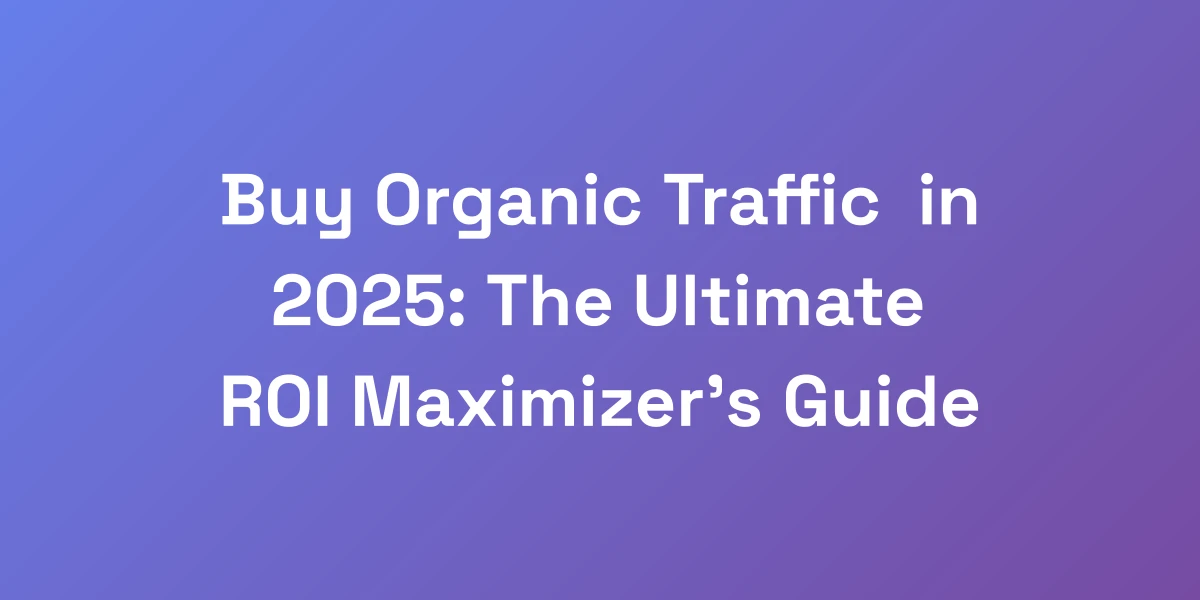
Mastering Organic Search in Google Analytics: The Ultimate 2025 Guide
Mar 18, 2025 | By [email protected]
When it comes to organic search in Google Analytics, most businesses are barely scratching the surface. Imagine leaving a treasure map uncharted – that’s what it’s like operating without mastering organic search analytics. We’re not just talking about incremental gains here; we’re talking about unlocking explosive growth that can redefine your business trajectory. Every day, countless potential customers slip through your fingers, choosing competitors who have a handle on their organic search strategy. We’ve seen firsthand how businesses can 10x their organic traffic by leveraging the full power of GA4, and we’re here to guide you through the exact steps to take. The landscape has evolved with GA4, and sticking to old tactics means playing catch-up. It’s time to elevate your approach and take control of your organic search destiny.
Understanding the Power of Organic Search Analytics
Listen, if you’re not tracking your organic search data correctly in Google Analytics, you’re literally leaving money on the table. Every single day, thousands of potential customers are finding your competitors instead of you because you’re flying blind. We’ve helped businesses 10x their organic traffic by mastering these analytics, and we’re going to show you exactly how to do it. The game has changed with GA4, and most people are still playing by the old rules. Let’s fix that.
What Defines Organic Search Traffic
Organic search traffic refers to visitors who land on your website as a result of unpaid search results. Unlike paid traffic, which comes from ads, organic traffic is driven by your SEO efforts. But what exactly counts as organic search in Google Analytics? It’s not just about appearing on the first page of search results; it’s about understanding the specific keywords and queries that are bringing visitors to your site.
- Unpaid Listings: Traffic from search results that are not paid advertisements.
- SEO Efforts: The optimization strategies you implement to improve your search rankings.
- User Intent: The reasons behind the search queries that drive traffic to your site.
By diving deep into your organic search traffic, you can uncover patterns and insights that help refine your SEO strategy, ultimately driving more qualified traffic to your site.
The Evolution from Universal Analytics to GA4
Transitioning from Universal Analytics to GA4 isn’t just a switch; it’s a transformation. GA4 brings a host of new features that are specifically designed to provide deeper insights into user behavior and organic search performance. Unlike Universal Analytics, GA4 uses an event-based data model, allowing for more granular tracking and analysis.
- Event-Based Tracking: Offers more flexibility in tracking user interactions.
- Enhanced Machine Learning: Provides predictive metrics and automated insights.
- Cross-Platform Reporting: Seamlessly integrates data from web and app sources.
This evolution means that businesses can now track Google Analytics for SEO with unprecedented precision, enabling more effective optimization strategies.
Why Organic Search Metrics Matter for Business Growth
Understanding your organic search metrics isn’t just about numbers; it’s about translating data into actionable intelligence that drive business growth. Metrics like organic sessions, bounce rate, and conversion rates provide a window into how users interact with your site and where improvements can be made.
- Organic Sessions: Indicates the volume of traffic from search engines.
- Bounce Rate: Reflects the percentage of visitors who leave after viewing only one page.
- Conversion Rates: Measures the percentage of visitors who complete desired actions.
By focusing on these metrics, you can identify areas where your SEO strategy is succeeding and where it needs adjustment, ensuring sustained business growth through optimized organic search performance.
Key Differences Between Paid and Organic Search Data
Paid and organic search data are often viewed side by side, but they tell very different stories. Understanding these differences is crucial for a balanced SEO strategy.
- Cost: Organic search is free, while paid search involves cost-per-click (CPC) advertising.
- Longevity: Organic efforts build over time and offer long-term benefits, whereas paid campaigns provide immediate but temporary results.
- Trust: Users tend to trust organic listings more than paid ads, impacting click-through rates.
By distinguishing between these data types, you can allocate resources more effectively and develop a comprehensive approach that leverages the strengths of both paid and organic search strategies.
Real Impact of Organic Search on Revenue
Organic search isn’t just a traffic driver; it’s a revenue generator. Businesses that prioritize organic search in Google Analytics often see a significant uptick in their bottom line. Consider this: high-ranking organic results tend to attract more clicks, and these clicks are often driven by users with clear intent, leading to higher conversion rates.
- Higher CTRs: Top organic listings enjoy a 22.4% click-through rate.
- Cost Efficiency: Lower cost per acquisition compared to paid search.
- Trust and Authority: Organic rankings build brand credibility and trust.
When you optimize your organic search strategy, you’re not just increasing traffic; you’re enhancing the quality of your leads and driving more substantial revenue growth.
Setting Up Organic Search Tracking in GA4
Here’s the truth that nobody’s talking about: 90% of businesses are setting up their GA4 organic search tracking wrong. We see it every day. They’re missing critical data points that could be driving their decision-making. The setup process isn’t complicated, but it needs to be precise. We’re going to walk you through the exact process we use for our eight-figure businesses to ensure we’re capturing every valuable data point about our organic traffic.
Step-by-Step GA4 Configuration Guide
Setting up GA4 for accurate organic search tracking requires a meticulous approach. Here’s how we do it:
- Create a GA4 Property: Start by setting up a new GA4 property in your Google Analytics account.
- Install GA4 Tag: Use Google Tag Manager to install the GA4 tracking tag on your website.
- Configure Data Streams: Set up data streams for web and app if necessary.
- Enable Enhanced Measurement: Activate enhanced measurement features to automatically track key interactions.
- Set Up Conversions: Define and configure conversion events that align with your business goals.
Following these steps ensures that GA4 is properly set up to capture detailed organic search data, providing a solid foundation for your SEO analysis.
Connecting Google Search Console to GA4
Linking Google Search Console with GA4 is essential for a comprehensive view of your organic search performance. Here’s how to do it:
- Access GA4 Admin: Navigate to the Admin section in your GA4 property.
- Select Search Console Links: Go to the “Search Console Links” section.
- Initiate Link: Click “Link” and select the appropriate Search Console property.
- Configure Settings: Ensure the data sharing settings are correctly configured.
- Verify Connection: Confirm that the linkage is successful by checking the Search Console reports in GA4.
This integration allows you to view organic search queries and performance metrics directly within GA4, providing deeper insights into how users are finding your site.
Custom Organic Search Reports Setup
GA4 offers powerful customization options for reporting on organic search data. Setting up custom reports can help you focus on the metrics that matter most to your business.
- Define Key Metrics: Identify the primary metrics such as organic sessions, bounce rate, and conversion rate.
- Create Custom Dashboards: Use GA4’s custom dashboard feature to consolidate relevant data in one place.
- Set Up Segments: Create segments to compare organic traffic against other traffic sources.
- Utilize Filters: Apply filters to focus on specific keywords or landing pages.
These custom reports enable you to monitor the performance of your organic search efforts closely and make data-driven decisions to optimize your strategy.
Advanced Tracking Parameters
To gain even more granular insights into your organic search traffic, using advanced tracking parameters is crucial. These parameters can help you understand user behavior and the effectiveness of your SEO campaigns.
- UTM Parameters: Although primarily used for paid campaigns, UTM parameters can also track specific SEO efforts.
- Event Tracking: Set up event tracking for actions like downloads, video plays, and form submissions.
- Custom Dimensions: Create custom dimensions to capture additional data points relevant to your business.
Implementing these advanced tracking parameters allows for a more comprehensive analysis of your organic search performance, enabling you to fine-tune your SEO strategies with precision.
Common Setup Mistakes to Avoid
Even with a step-by-step guide, there are common pitfalls that can derail your organic search tracking setup in GA4. Here’s what to watch out for:
- Incorrect Tag Implementation: Ensure that GA4 tags are correctly installed on all pages.
- Missing Conversion Events: Don’t overlook setting up key conversion events that align with your business goals.
- Improper Linkage with Search Console: Verify that the connection between GA4 and Search Console is correctly established.
- Ignoring Data Privacy: Make sure your tracking complies with data privacy regulations like GDPR.
Avoiding these mistakes ensures that your organic search data is accurate and reliable, providing a solid foundation for your SEO analysis.
Verification and Testing Process
After setting up your GA4 for organic search tracking, verifying and testing the setup is crucial to ensure data accuracy.
- Real-Time Reports: Use GA4’s real-time reports to check if data is being recorded correctly.
- Test Events: Trigger test events to verify that tracking parameters are working as intended.
- Cross-Check with Search Console: Compare GA4 data with Search Console to ensure consistency.
- Audit Regularly: Perform regular audits to identify and fix any discrepancies in your tracking setup.
Consistently verifying and testing your setup guarantees that your organic search analytics remain accurate and actionable.
Essential Organic Search Metrics and KPIs
Let us be crystal clear: vanity metrics will kill your business. We’ve seen companies obsess over pageviews while their conversion rates tanked. The key to dominating organic search in Google Analytics isn’t just about traffic – it’s about understanding the metrics that actually move the needle. Here’s what really matters when analyzing your organic search performance, and how to use these metrics to make decisions that drive revenue.
Core Web Vitals Impact on Search Performance
Core Web Vitals are essential for both user experience and SEO. These metrics include:
- Largest Contentful Paint (LCP): Measures loading performance.
- First Input Delay (FID): Assesses interactivity.
- Cumulative Layout Shift (CLS): Evaluates visual stability.
High scores in Core Web Vitals lead to better search rankings and improved user engagement. Ensuring that your website meets these benchmarks is non-negotiable for sustaining organic search success.
User Behavior Metrics That Matter
Understanding how users behave on your site gives you actionable insights into your organic search performance.
- Bounce Rate: The percentage of visitors who leave after viewing only one page.
- Session Duration: How long visitors stay on your site.
- Pages per Session: The number of pages a user views during a session.
Optimizing these metrics involves improving site content, enhancing user experience, and ensuring that your SEO strategy aligns with user intent.
Landing Page Performance Analysis
Your landing pages are the front line of your organic search strategy. Analyzing their performance helps identify what works and what doesn’t.
- Conversion Rates: Measure how effectively your landing pages convert visitors.
- Exit Rates: Identify where users are leaving your site.
- Content Relevance: Ensure that the content aligns with user search intent.
Regularly reviewing and optimizing your landing pages based on these metrics can significantly enhance your organic search results.
Conversion Path Tracking
Tracking the path users take from landing on your site to converting is crucial for understanding and optimizing your organic search funnel.
- Multi-Channel Funnels: Analyze how different channels and touchpoints contribute to conversions.
- Assisted Conversions: Identify the role of organic search in assisting other conversion channels.
- Path Analysis: Map out common paths users take to conversion.
By optimizing each stage of the conversion path, you can improve the overall effectiveness of your organic search strategy.
Mobile vs. Desktop Performance
With the rise of mobile usage, understanding the difference in performance between mobile and desktop is essential for organic search optimization.
- Mobile Traffic: 63% of searches in the U.S. are done on mobile devices.
- User Engagement: Desktop users typically view more pages and spend more time per visit.
- Optimization Strategies: Tailor your SEO and user experience strategies for mobile and desktop differently.
Optimizing for both mobile and desktop ensures that you cater to the majority of your audience, enhancing your organic search performance across all devices.
Geographic and Demographic Insights
Understanding where your traffic is coming from and who your audience is can refine your organic search strategy.
- Geographic Data: Identify top-performing regions and tailor content to specific locales.
- Demographic Data: Understand the age, gender, and interests of your audience to create targeted content.
- Behavioral Insights: Analyze how different demographic groups interact with your site.
Leveraging these insights helps in creating personalized and relevant content, thereby improving your organic search effectiveness.
Advanced Organic Search Analysis Techniques
Want to know what separates seven-figure businesses from eight-figure ones? It’s not just basic analytics – it’s the ability to extract actionable intelligence from your data. We’re going to show you the exact analysis techniques we use to identify opportunities that our competitors miss. These aren’t theoretical concepts; these are battle-tested strategies that have generated millions in revenue.
Segmentation Strategies for Organic Traffic
Segmenting your organic traffic allows for a more granular analysis of user behavior. Here’s how to effectively segment:
- By Source: Differentiate traffic sources like search engines, specific keywords, or referral sites.
- By Behavior: Segment users based on actions taken, such as pageviews, time on site, or conversions.
- By Demographics: Analyze traffic based on age, gender, location, and other demographic factors.
These segmentation strategies enable you to pinpoint precisely which aspects of your organic search strategy are working and which need refinement.
Attribution Modeling for Organic Search
Understanding how different marketing channels contribute to conversions is vital. GA4 offers various attribution models that can help you see the full picture:
- Last Click: Credits the last interaction before conversion.
- Data-Driven: Uses machine learning to determine the contribution of each touchpoint.
- First Click: Attributes the entire conversion to the first interaction.
Choosing the right attribution model helps in accurately assessing the value of your organic search efforts, ensuring that you allocate resources effectively.
Competitive Intelligence Through Search Data
Using organic search data to understand your competitors can provide a strategic advantage. Here’s how to gather and utilize competitive intelligence:
- Keyword Analysis: Identify the keywords your competitors are ranking for and uncover gaps in your own strategy.
- Content Performance: Analyze the content types and topics that are performing well for your competitors.
- Backlink Profiles: Examine where your competitors are getting their backlinks to find new opportunities for your SEO efforts.
By integrating these insights into your SEO strategy, you can outmaneuver your competitors and capture more organic traffic.
Content Performance Analysis
Not all content is created equal. Analyzing the performance of your content helps in identifying what resonates with your audience.
- Engagement Metrics: Look at time on page, bounce rate, and social shares.
- Traffic Sources: Determine which content pieces are driving the most organic traffic.
- Conversion Rates: Identify which content is most effective at driving conversions.
Using these insights, you can optimize your content strategy to focus on creating more high-performing content that drives both traffic and conversions.
Search Intent Mapping
Understanding the intent behind user searches is crucial for aligning your content with what your audience is looking for. Here’s how to map search intent:
- Informational Intent: Users are seeking information or answers to their questions.
- Navigational Intent: Users are looking to reach a specific website or page.
- Transactional Intent: Users are ready to make a purchase or take a specific action.
By categorizing your keywords based on search intent, you can create content that directly addresses the needs of your audience, improving your organic search performance.
ROI Calculation for Organic Search
Calculating the return on investment (ROI) for your organic search efforts is essential to measure their effectiveness. Here’s a straightforward formula:
ROI = (Gain from Investment — Cost of Investment) / Cost of Investment × 100
To accurately calculate ROI:
- Track Conversions: Use GA4 to monitor conversions originating from organic search.
- Calculate Revenue: Assign a monetary value to each conversion.
- Compare Costs: Account for all costs associated with your SEO efforts, including tools, time, and resources.
This method provides a clear picture of the financial impact of your organic search strategy, allowing you to make data-driven decisions.
Optimizing Based on Organic Search Insights
Here’s where the rubber meets the road. Having data is one thing – knowing how to turn it into action is another. We’re going to show you how to take these insights and turn them into measurable business growth. Every single optimization technique we’re about to share has been tested across multiple businesses and proven to drive results. This isn’t theory – this is your practical playbook for domination.
Content Strategy Refinement
Based on your organic search insights, it’s time to refine your content strategy. Here’s how:
- Identify High-Performing Topics: Focus on content that drives the most organic traffic and conversions.
- Update Existing Content: Refresh outdated content to improve relevance and performance.
- Expand on Key Areas: Dive deeper into topics that generate significant interest and engagement.
A refined content strategy ensures that your efforts are aligned with what your audience is searching for, enhancing your organic search visibility.
Technical SEO Improvements
Technical SEO is the backbone of your organic search success. Here are key areas to focus on:
- Improve Site Speed: Faster websites provide better user experiences and higher rankings.
- Optimize Mobile Usability: Ensure your site is fully responsive and user-friendly on all devices.
- Fix Crawl Errors: Regularly check for and resolve any crawl issues that may hinder search engine indexing.
Addressing these technical aspects not only improves your site’s performance but also boosts your SEO rankings, driving more organic traffic.
User Experience Optimization
Enhancing user experience can significantly impact your organic search performance. Consider these strategies:
- Intuitive Navigation: Make it easy for users to find what they’re looking for.
- Engaging Content: Create content that is both informative and engaging to keep users on your site longer.
- Interactive Elements: Incorporate elements like videos, infographics, and quizzes to increase user engagement.
Optimizing user experience not only retains visitors but also encourages them to convert, enhancing your overall SEO effectiveness.
Conversion Rate Optimization
Turning organic traffic into conversions is the ultimate goal. Here’s how to optimize your site for higher conversion rates:
- Clear Call-to-Actions (CTAs):strong> Use compelling and clear CTAs that guide users towards conversion.
- A/B Testing: Experiment with different page layouts, headlines, and CTAs to see what works best.
- Streamlined Forms: Simplify forms to reduce friction and increase the likelihood of completion.
By focusing on conversion rate optimization, you can maximize the returns from your organic search traffic, turning visitors into loyal customers.
Search Query Analysis and Keyword Optimization
Analyzing the search queries that drive traffic to your site is crucial for optimizing your organic search strategy.
- Identify High-Value Keywords: Focus on keywords that drive the most traffic and conversions.
- Optimize Content for Target Keywords: Ensure your content is optimized for the keywords that matter most.
- Explore Long-Tail Keywords: Target longer, more specific keywords to capture niche audiences.
Effective keyword optimization ensures that your content aligns with user intent, improving your chances of ranking higher in search results.
Performance Tracking and Iteration
The final step in optimizing based on organic search insights is continuous tracking and iteration.
- Monitor Key Metrics: Regularly check your core metrics to assess performance.
- Identify Trends: Look for patterns and trends in your data to inform future strategies.
- Iterate and Improve: Use your insights to make informed adjustments and continuously improve your SEO efforts.
By maintaining a cycle of tracking, analyzing, and iterating, you ensure that your organic search strategy remains effective and responsive to changing market conditions.
Conclusion
Mastering organic search in Google Analytics is not just a technical necessity; it’s a strategic imperative for any business looking to thrive in the digital age. We’ve delved deep into understanding the power of organic search analytics, setting up GA4 correctly, analyzing essential metrics, employing advanced techniques, and optimizing based on insightful data. Each step we’ve covered is designed to transform your raw data into actionable strategies that drive real business growth.
Now, it’s your turn. Implement these strategies, monitor your progress, and watch as your organic search traffic and revenue soar. Don’t let your competitors steal your spotlight – take control of your organic search destiny today.
Ready to supercharge your SEO efforts? Start by auditing your current GA4 setup and make the necessary adjustments. Have questions or need personalized advice? Drop a comment below and let’s engage. Together, we can unlock the full potential of organic search in Google Analytics for your business.
For freelancers looking to enhance their SEO skills, explore SEO for freelancers to take your expertise to the next level.

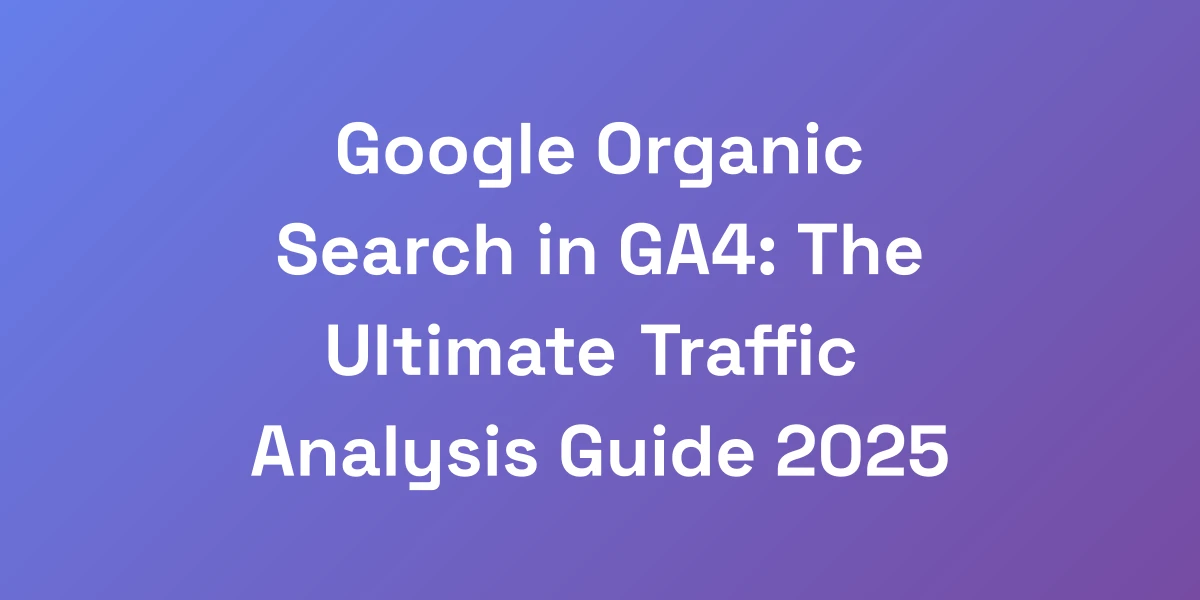

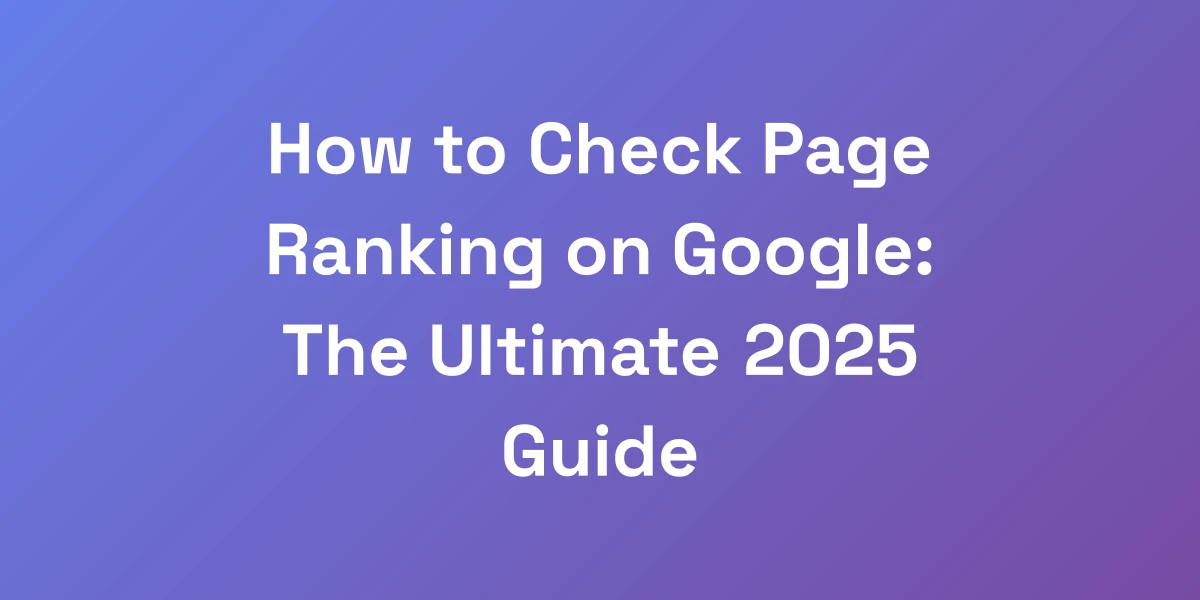
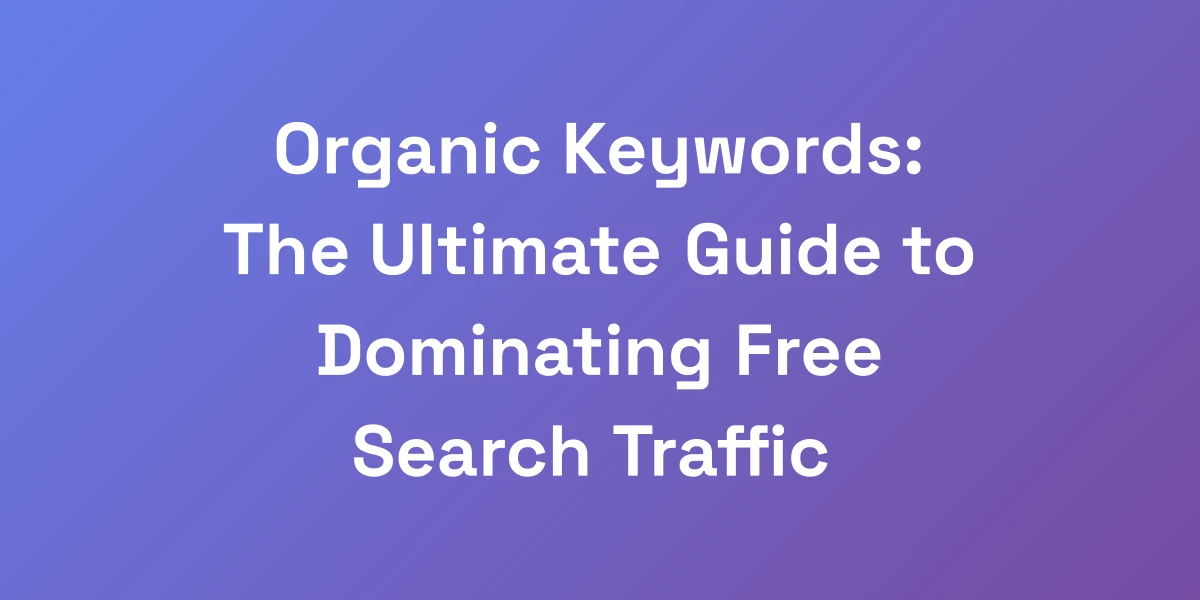
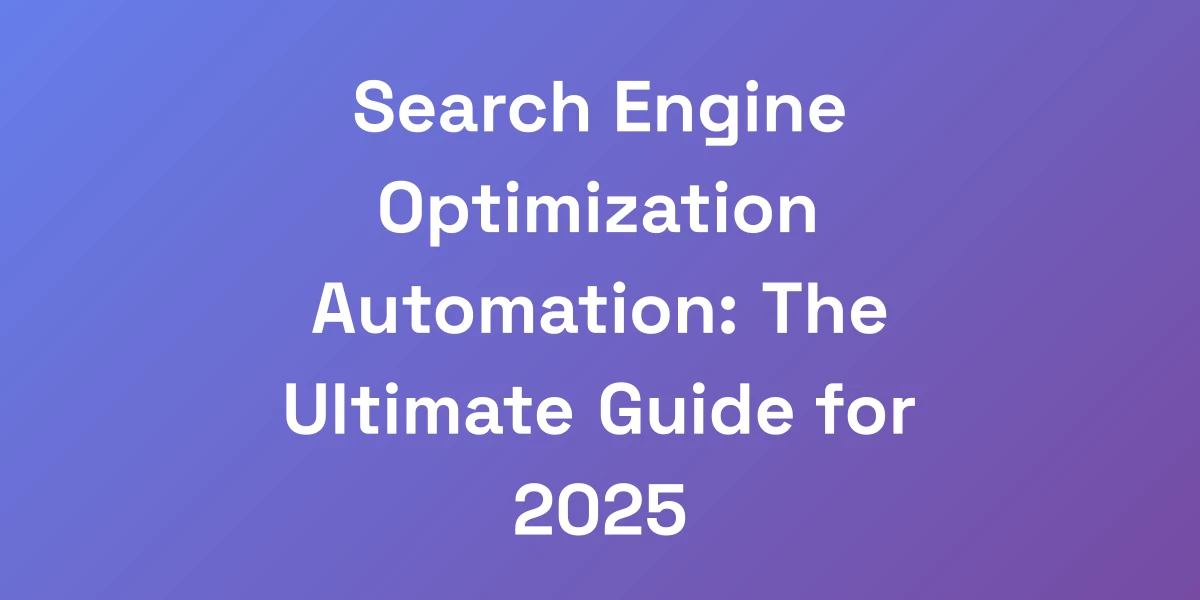
![Ultimate Guide: Mastering SEO on Google Sites for Top Rankings [2025]](https://autoseo.eazyseo.co/wp-content/uploads/2025/03/Ultimate-Guide-Mastering-SEO-on-Google-Sites-for-.webp)

